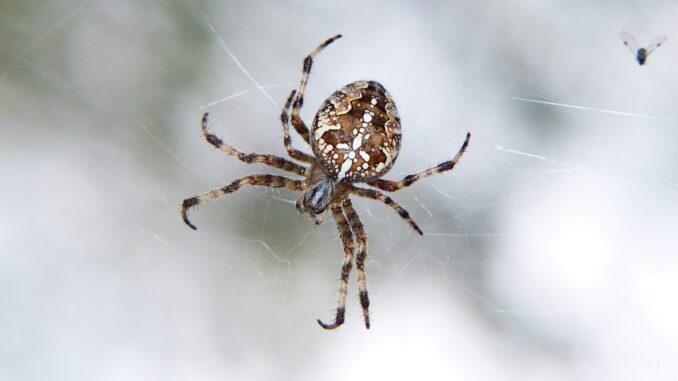
A cruise ship passenger, Colin Blake, experienced a horrifying incident during his 35th wedding anniversary trip to Marseille, France.
His toe swelled up and turned purple, prompting a visit to the on-board doctor. The doctor revealed that a Peruvian wolf spider had bitten him, laying eggs inside his toe.
Although wolf spiders are not venomous, they are commonly found in Marseille after arriving on cargo ships. The doctor cut open Mr. Blake’s toe, releasing the spider’s eggs.
Upon returning to the UK, doctors prescribed antibiotics, but a few weeks later, Mr. Blake discovered that one of the eggs had hatched into a small spider beneath his skin.
Medical professionals believe the spider was trying to make its way out, prompting them to intervene. Mr. Blake chose not to keep the dead spider when offered by the doctors.
What is a Wolf Spider?

